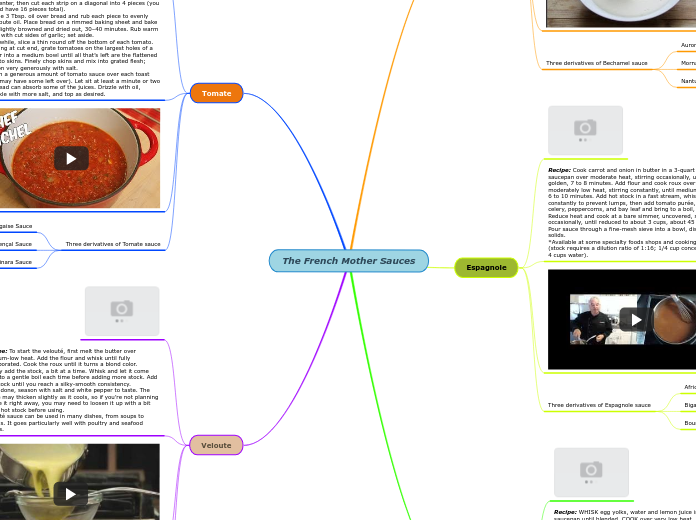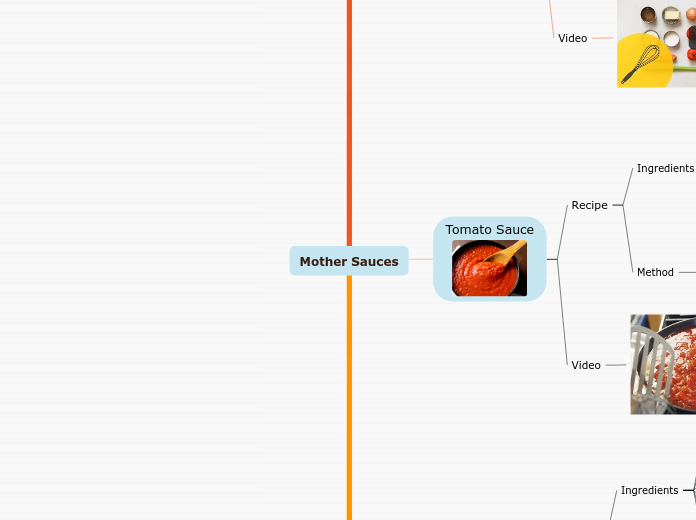jonka Christen Pedro 4 vuotta sitten
581
The French Mother Sauces
The text outlines the essentials of crafting a good sauce, emphasizing factors such as richness, appearance, and flavor. It delves into the different types of roux—blond, white, and brown—









